■ My Ideal Sound
When it comes to buying instruments, there's always some uncertainty about whether the purchase will meet your expectations. Before buying, we tend to do research or visit music stores to try things out. However, no amount of research can fully predict how you'll feel about an instrument until you've spent time using it. I've had my share of instruments that I ended up regretting buying.
With keyboard instruments, it's often said that the more you spend, the better the sound quality. While this is generally true, personal preferences play a huge role, and finding the right instrument can be challenging.
For me, I usually have a specific sound in mind—something like "the sound from that album"—and I aim to recreate or get close to it. It's often the sound used in a particular piece of music that I've heard before. I think most musicians have this kind of reference point, and it's one way to guide your choice.
The Yamaha "YC61" turned out to match my preferences in many ways.
■ My Keyboard Purchase History
Since 1977, I've been captivated by the charm of keyboard instruments and have purchased many synthesizers, organs, and electric pianos over the years. Among these, the best instruments in each category for me are:
- Analog Synthesizer: Oberheim / Xpander
- Digital Synthesizer: Yamaha / DX7II and Roland / D-50
- Analog Modeling Synthesizer: Waldorf / Blofeld Keyboard
- Electric Piano: Fender Rhodes Electric Piano
- Organ: Nord Electro / 4D
In recent years, I've acquired several instruments from Sound House, including the Yamaha MODX, reface CP, YC, CS, Behringer ODYSSEY, Korg Wavestate, Sequential TAKE5, and Korg Prologue.
Among these, the Sequential TAKE5 stands out as my personal favorite in the analog synthesizer category, while the Yamaha YC61 has earned a spot as the best in the organ category. In fact, I believe these two instruments rank among the highest quality not only in the past few years but across the last 20 or 30 years.
In my previous report, I introduced the sound of the newly developed organ-specific sound source, the VCM engine, which simulates the Hammond organ. This "sound" is the most critical aspect, as the quality of the raw sound is a fundamental factor in evaluating keyboard instruments.
■ Not Just About the VCM Engine
While the YC61 is often seen as an organ specialized in Hammond simulation, it offers much more than that. It includes organ tones from Yamaha's proprietary FM sound engine, as well as classic sounds like the Farfisa and Vox organs. The FM organ sound is particularly unique, as it allows you to modify the tone using physical drawbars—an innovative feature not seen before.
■ The Keys Are Simply Outstanding!
Yamaha is a globally renowned piano manufacturer, and I'm sure I'm not the only one who has seen Yamaha pianos used in many professional settings.
Among all the synthesizers I've purchased, Yamaha keyboards have always been the easiest to play. As expected from a piano maker, the keys on the DX7 and DX7II were exceptional, and even the mini keys on the reface series were far superior to most other mini keyboards.
However, my first impression of the keys on the YC61 before playing any sound was... odd. They felt sticky and squishy, like pressing a firm marshmallow. When I touched them through the plastic wrapping, I even wondered if something was wrong, thinking, "Is this a defect?"
But once I started playing, I realized how wrong I was. Organ playing often involves techniques like glissando, sliding, or striking the keys aggressively, and players may lay their fingers flatter than when playing a piano. The YC61's keys handled these rough techniques effortlessly, with little resistance or catching on the fingers.
I later learned that Yamaha developed these waterfall keys specifically for the YC61, a clear sign of their dedication. Of all the organ-style instruments I've played, the YC61 has the most comfortable and responsive keyboard.
■ Impressive Leslie Simulator
To truly capture the authentic sound of a Hammond organ, a Leslie speaker is essential. I was thoroughly impressed with the Leslie simulator (referred to as "rotary speaker" on the YC61) that comes with the YC61. What stood out to me was the stereo spatial quality, along with the clear separation between the horn (high frequencies) and the rotor (low frequencies). The new "Studio" rotary speaker effect, which was added in a recent version of the YC61, particularly caught my attention. It delivers a beautifully clean and refined sound. In addition to "Studio," the YC61 offers several other rotary speaker effects.
■ Distortion Control via Volume Pedal
One of the key characteristics of a Hammond organ is how the Leslie speaker's distortion intensifies as you press down on the volume pedal. The YC61 faithfully simulates this feature, capturing the gradual increase in distortion with pedal control. The attention to detail in this simulation is remarkable.
In the past, I wasn't a fan of applying built-in distortion to organs—it often sounded too mechanical and artificial. But with the YC61, it's a different story. A great example is the distorted Hammond B3 sound of Ken Hensley from Uriah Heep's live albums. Hensley achieved his signature distorted sound by running a Marshall head amp through a Leslie speaker.
Hensley's Leslie speaker had a unique character; its rotation would start slowly, and even at fast speed, it didn’t rotate very quickly, creating a distinctive Hammond sound.
When my band covered Uriah Heep's "July Morning," I struggled to replicate his sound using the internal distortion of other organs. It just didn't capture that raw, overdriven tone.
However, with the YC61, I was able to come much closer to Hensley's sound. By selecting the Type 2 organ sound—one of the three Hammond organ tones available on the YC61, which has a rougher, more distorted character—and tweaking the Leslie simulator settings, along with fully pressing down on the volume pedal, I could recreate that signature sound. I believe this is thanks to Yamaha’s advanced modeling technology.
■ Diverse Hammond Tones
The YC61 offers three distinct Hammond organ tones, which can be easily switched using a dedicated knob. From there, you can further shape the sound using the drawbars. For a clean tone, Type 1 is ideal, while Type 3 is perfect for more percussive sounds. This flexibility in tone selection makes it incredibly convenient for creating Hammond sounds with different nuances.
It's almost as if you own three different Hammond organs in one instrument. This feature is a significant advantage of the YC61.
■ Uriah Heep Live (1973)
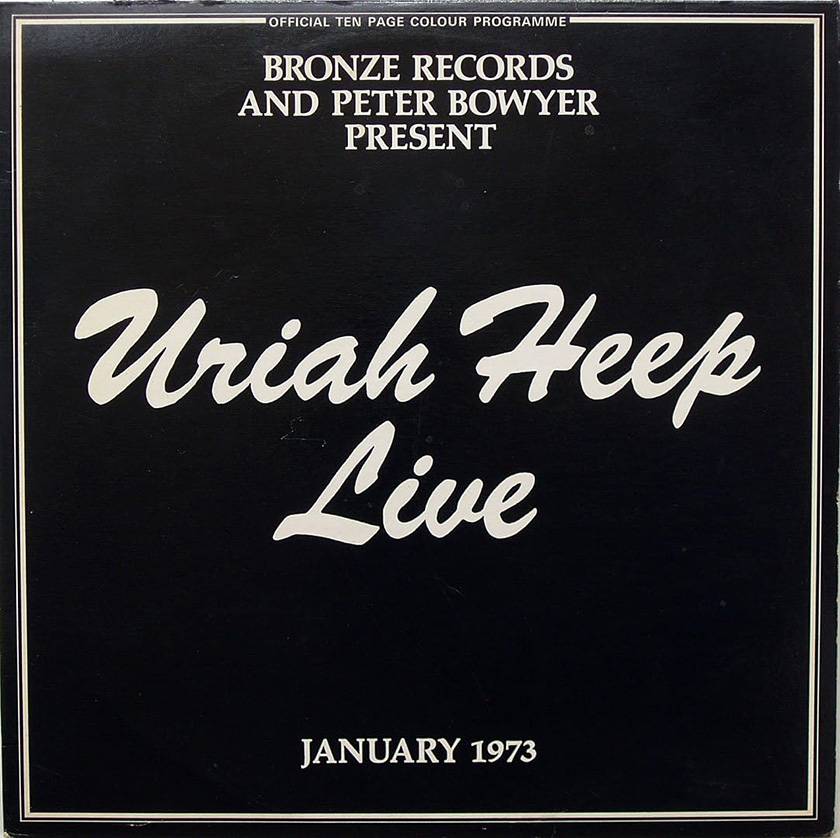
This live album by the British hard rock group Uriah Heep—who were sometimes called progressive hard rock at the time—features many of their biggest hits, including "Easy Livin'," "Gypsy," and "July Morning," making it feel almost like a greatest hits collection. The album balances hard rock with beautiful ballads, and the vocal harmonies from the band members are exceptional, offering listeners a taste of their live performance skills.
Ken Hensley, the band's musical director, plays the Hammond B3 organ, often paired with a Minimoog placed on top of it. The intro to "July Morning" showcases a distinctively distorted sound that is a must-hear.
The “sound & person” column is made up of contributions from you.
For details about contributing, click here.





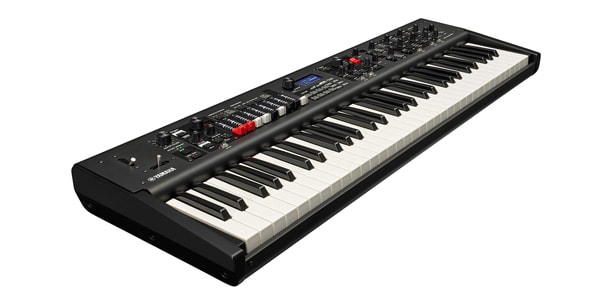

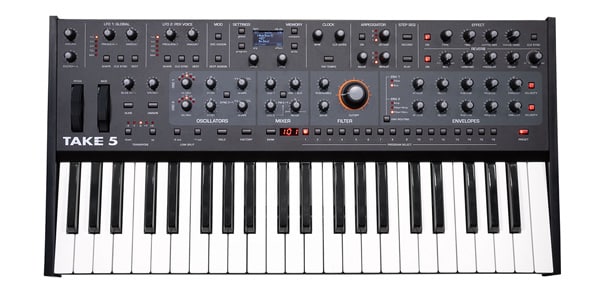
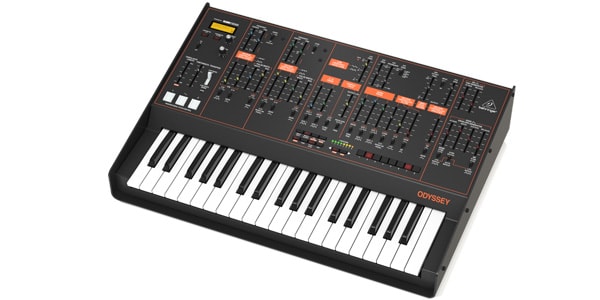
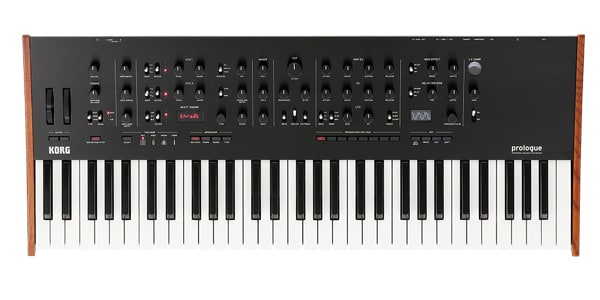
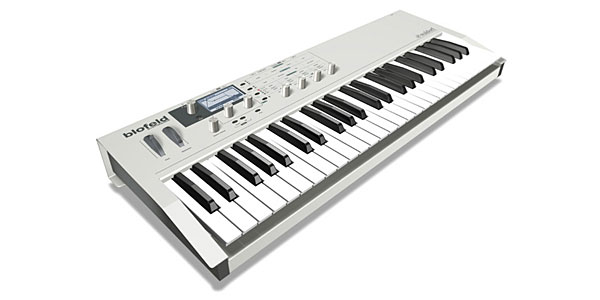
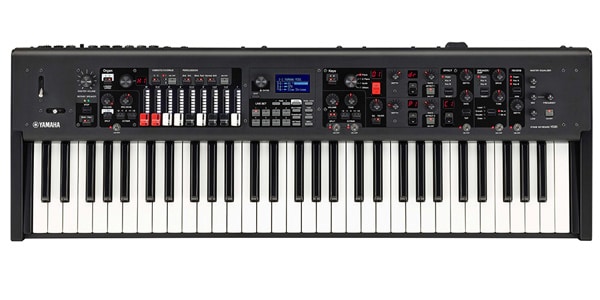





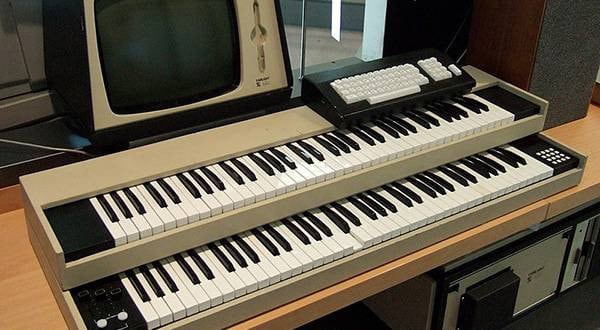
![[2025] 12 Electronic Keyboard Recommendations! How to Choose and Popular Keyboards for Beginners Ranking](/contents/uploads/thumbs/2/2023/7/20230713_2_23309_1.jpg)
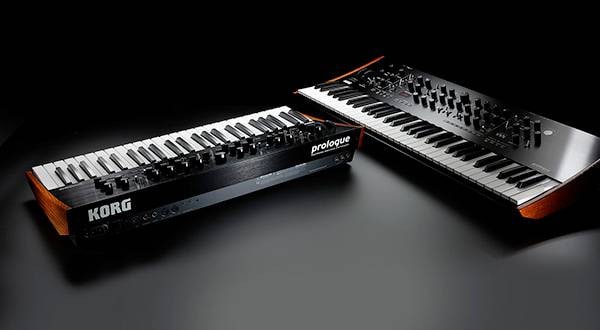
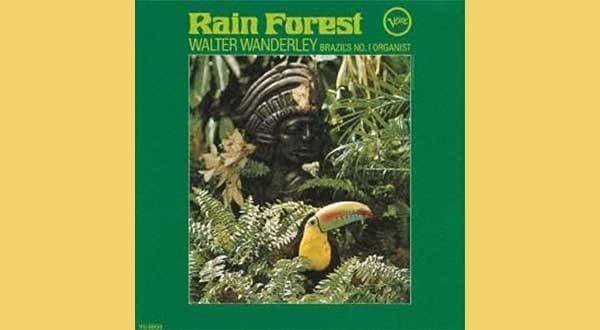
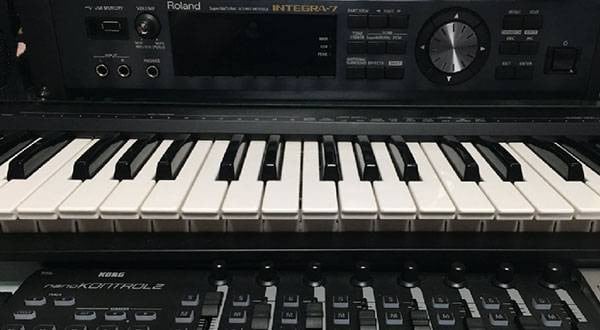
![[For beginners] Keyboard types and how to choose one](/contents/uploads/thumbs/2/2020/9/20200923_2_11196_1.jpg)
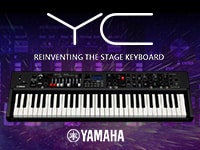 YAMAHA YC61 特集
YAMAHA YC61 特集
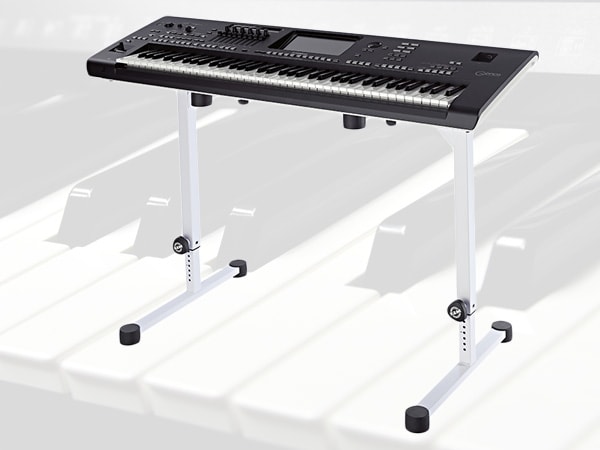 キーボードスタンドの選び方
キーボードスタンドの選び方
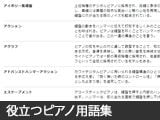 自分にあったピアノを選ぼう!役立つピアノ用語集
自分にあったピアノを選ぼう!役立つピアノ用語集
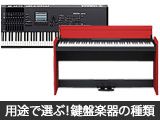 用途で選ぶ!鍵盤楽器の種類
用途で選ぶ!鍵盤楽器の種類
 キーボードスタートガイド
キーボードスタートガイド















